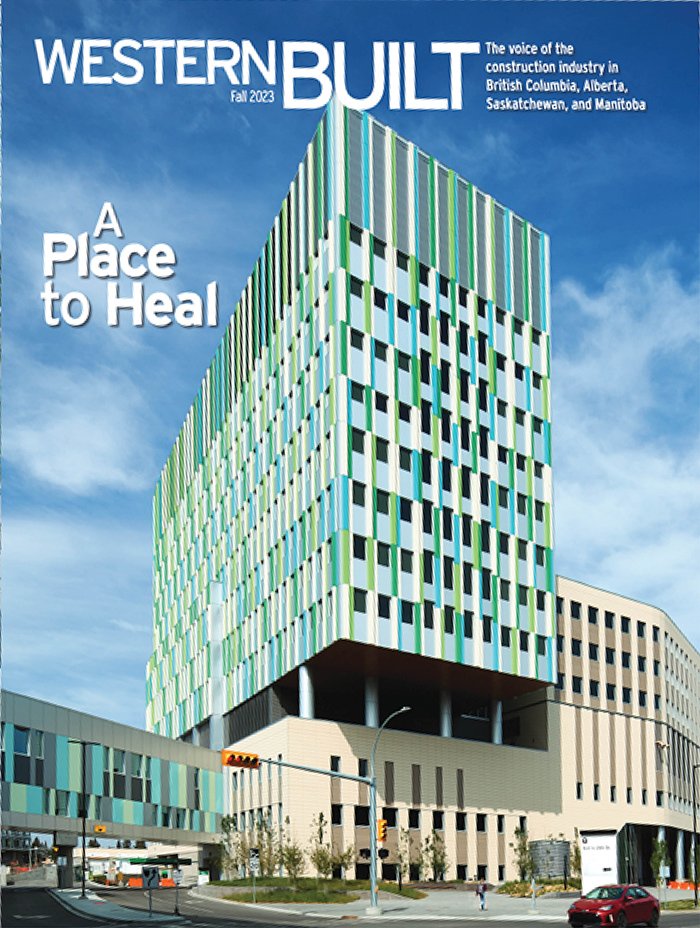Unpacking the New BC Energy Step Code

Western Built Magazine | November 2023
The BC Energy Step Code represents a critical shift in the way we approach construction, setting a roadmap for building practices where energy efficiency becomes the top priority. The recent refresh of the BC Energy Step Code (BCESC) and the introduction of the Zero Carbon Step Code are more than just updates to the existing building code. They are part of an overarching strategy to shape a future where all new buildings are zero carbon by 2030.
A quick overview of the updates to BC Energy Step Code
Let’s first get an understanding of the BC Energy Step Code’s recent amendments, which primarily target new building constructions and aspire to achieve a 20 per cent improvement in energy efficiency. To simplify, we’ve listed the main changes below:
- Part 3 buildings, such as high-rise residential or commercial spaces, are now mandated to meet minimum Step 2 of the BCESC.
- The NECB 2020 and ASHRAE 2019 energy standards are now applicable to education and healthcare institutions, such as colleges, libraries, schools, recreation centers, care centers, and hospitals.
- The BCESC introduces the Zero Carbon Step Code, which manages GreenHouse Gas (GHG) emissions from buildings.
- Part 9 buildings, including single-family, duplexes, and townhouses, must meet a minimum of Step 3 of the BCESC.
The BCESC now includes prescriptive requirements for Part 9 buildings for Step Code 3, contingent on municipal adoption.
BC Building Code Revision 5: What’s new
The BC Building Code (BCBC) 2018’s Revision 5, effective since May 1, 2023, presents new energy efficiency requirements for both Part 3 and Part 9 buildings. These specifications also volunteer requirements for greenhouse gas reduction.
Energy requirements for Part 3 buildings
For Part 3 buildings (e.g., shopping malls), the requirements call for:
- Adopting the National Energy Code for Buildings 2020 (NECB 2020) and ASHRAE 90.1 (2019)
- Discontinuing Step 1 as applicable to new construction, making Step 2 the new minimum Energy Step Code requirement
- Modifying TEUI targets for office and retail occupancies